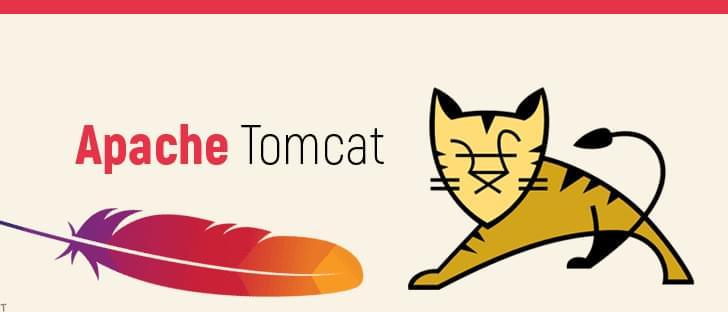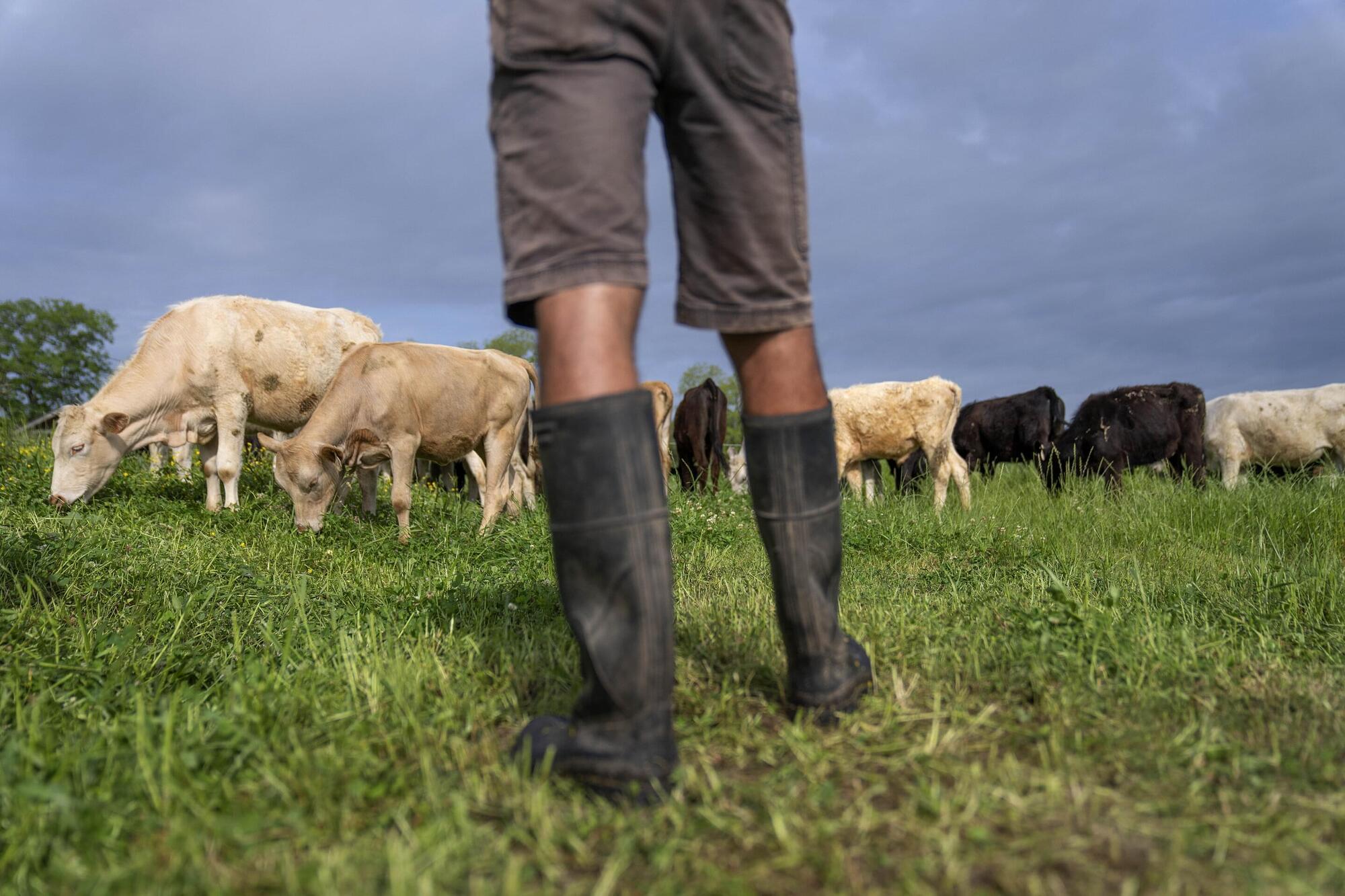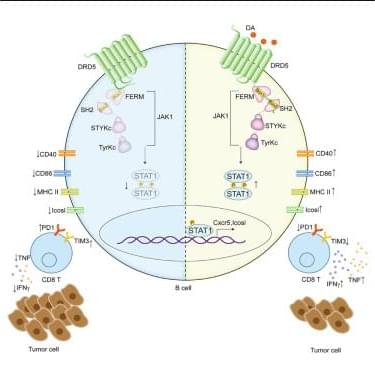(ALD) by Professor Christophe Detavernier, Ghent University, Belgium at the HYCOAT Workshop \.
Category: futurism – Page 137
Atomic Layer Deposition
Thin Film Technology Lecture # 30
Common Deposition Methods for Thin Films in IC Fabrication:
Atomic Layer Deposition (ALD)
The lectures are for M.Sc., M. Phil and Ph.D. Students.

Everyone in AI is talking about Manus. We put it to the test
Since the general AI agent Manus was launched last week, it has spread online like wildfire. And not just in China, where it was developed by the Wuhan-based startup Butterfly Effect. It’s made its way into the global conversation, with influential voices in tech, including Twitter cofounder Jack Dorsey and Hugging Face product lead Victor Mustar, praising its performance. Some have even dubbed it “the second DeepSeek,” comparing it to the earlier AI model that took the industry by surprise for its unexpected capabilities as well as its origin.
S first general AI agent, using multiple AI models (such as Anthropic.
The new general AI agent from China had some system crashes and server overload—but it’s highly intuitive and shows real promise for the future of AI helpers.





Eat grass-fed beef, help the planet? Research says not so simple
For cattle fattened in fields instead of feedlots, the grass may be greener, but the carbon emissions are not.
A study out Monday in the Proceedings of the National Academy of Sciences finds that even in the most optimistic scenarios, grass-fed beef produces no less planet-warming carbon emissions than industrial beef. The finding calls into question the frequent promotion of grass-fed beef as a more environmentally friendly option. Still, other scientists say grass-fed beef wins out on other factors like animal welfare or local environmental pollution, complicating the choice for conscientious consumers.
“I think that there is a large portion of the population who really do wish their purchasing decisions will reflect their values,” said Gidon Eshel, a research professor of environmental physics at Bard College and one of the study’s authors. “But they are being misled, essentially, by the wrong information.”

Could Ultrasonic Beams Revolutionize Private Audio Spaces?
Imagine a world where you can have private conversations in public spaces without headphones! Researchers at Penn State have developed a way to use ultrasonic beams and 3D-printed metasurfaces to create pockets of sound that are inaudible to others.
Being able to listen to a podcast or private conversation in a crowded room—without anyone else hearing a sound. That’s the vision behind a new audio technology that creates “audible enclaves” using ultrasonic beams.
Here’s how it works: Traditional sound waves, especially low-frequency ones, tend to spread out and can’t be easily directed to a specific listener without disturbing others. But this new method uses two special ultrasonic beams that can bend around obstacles (like people’s heads) and meet at a chosen spot. While the beams themselves are silent, when they cross paths, they interact in a way that creates a small, focused zone of audible sound—an enclave—where only the intended listener can hear it.
This isn’t just a neat trick. The technology covers a wide range of sounds, from deep bass tones (125 Hz) to higher frequencies (up to 4 kHz), ensuring clear audio across six octave bands. It’s also compact and effective, even in rooms with echoes and other noise distractions.
The potential? Think private conversations in open spaces, immersive sound experiences where only you hear certain audio layers, or creating zones where sound can be precisely controlled—like playing music for one person while keeping it silent for another. It’s a futuristic approach to making sound personal, targeted, and unobtrusive.
